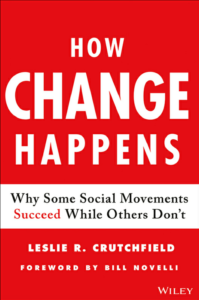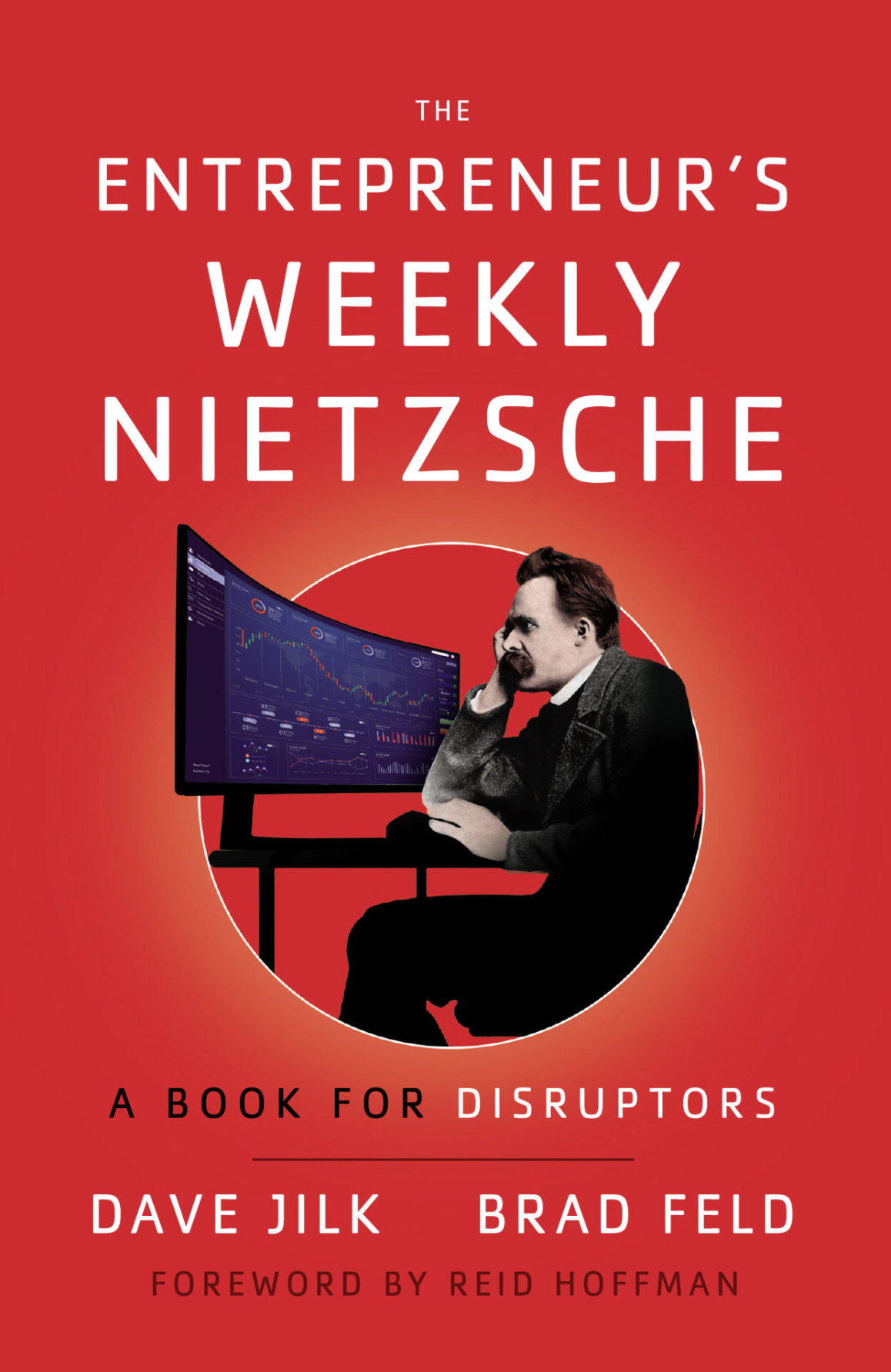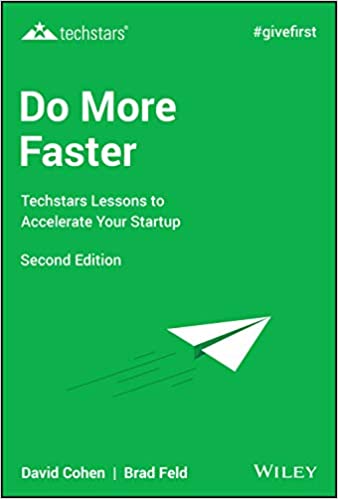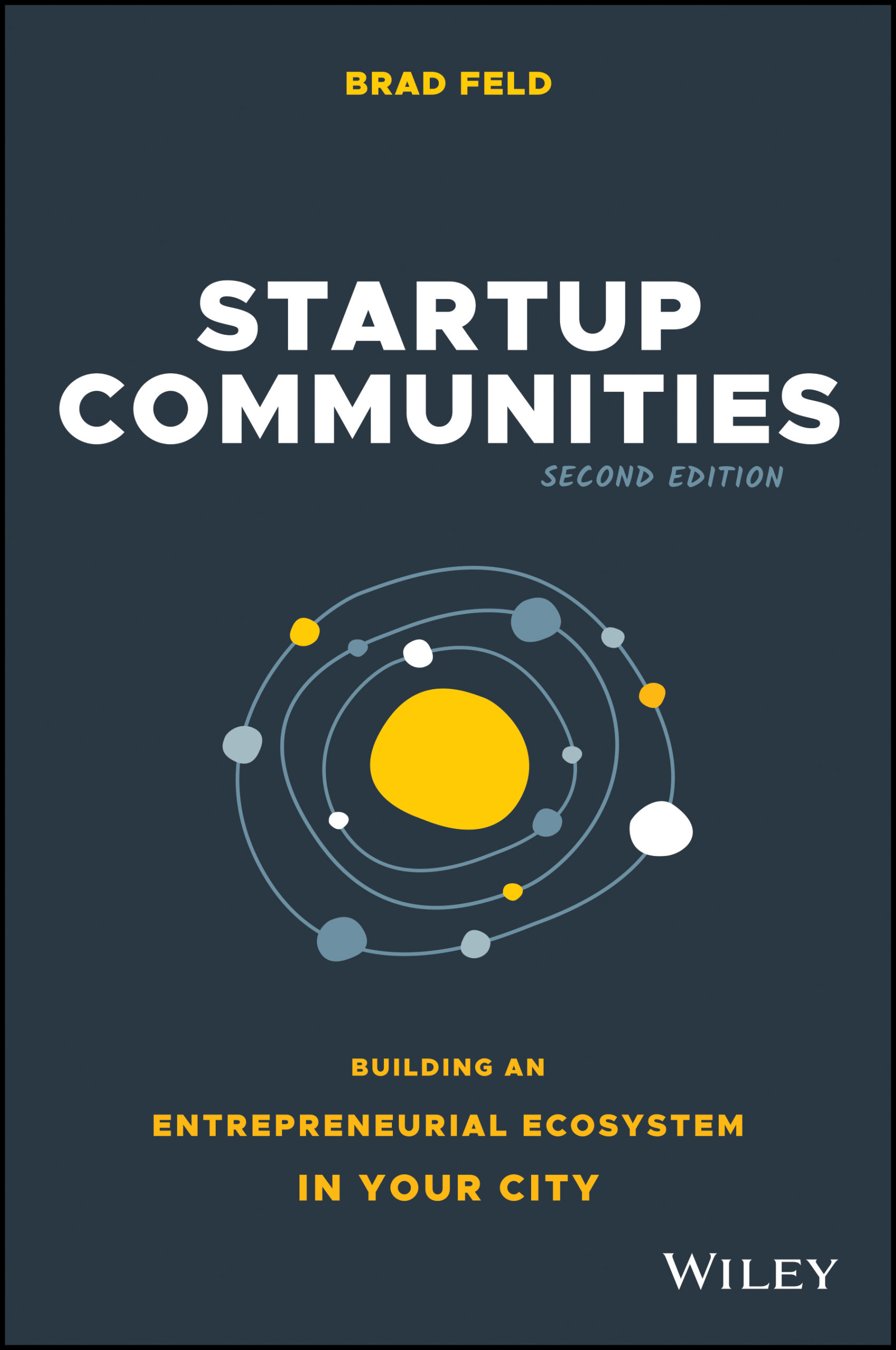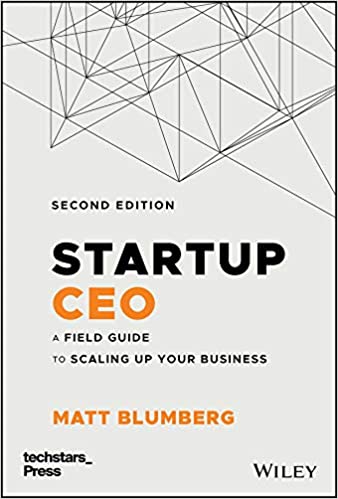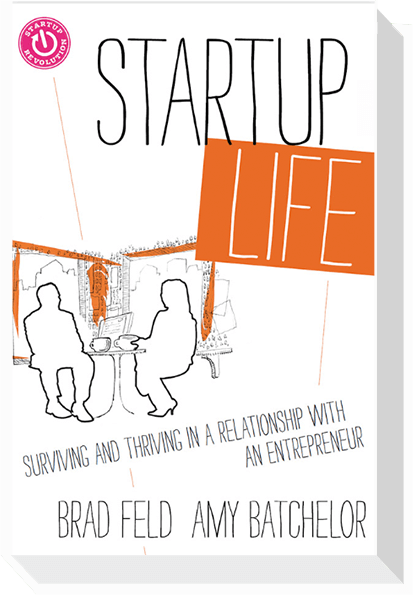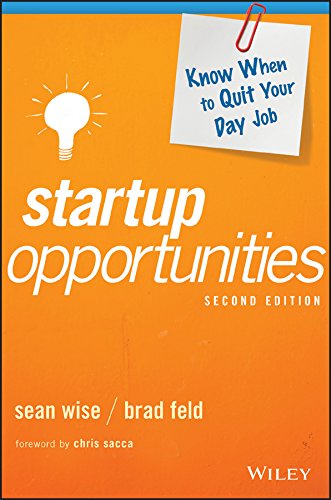How Change Happens
I recently picked up a copy of How Change Happens: Why Some Social Movements Succeed While Others Don’t, a book out last year by Leslie Crutchfield. She leads the Global Social Enterprise Initiative at Georgetown University’s McDonough School of Business. I have my friend Bob Litan to thank for the tip.
I immediately became interested by the title because of my upcoming book The Startup Community Way, which will be out later this year. That interest came from the fact that our book (I’m co-authoring it with Brad Feld) is really about a special type of movement-driven social change—one built around local entrepreneurship.
How Change Happens is the product of many years of research by Leslie and her team studying a wide range of social movements in the United States—from gun control, to same-sex marriage, to smoking, to drunk driving, to acid rain reduction, to vaccination, and beyond—and systematizing why some of these movements succeed while so many others fail. By dissecting these movements case-by-case, Crutchfield and her team were able to uncover some interesting patterns about what works and what doesn’t.
As I was reading the book, I had in the back of my mind “how do these social movements apply to building startup communities?” I’m glad I did, because it helped crystalize a few ideas in my head. There are many ways that How Change Happens has limited or no applicability to startup communities—in particular, because it is focused on the building of nationwide coalitions to make change happen in U.S. national government policy. But I often find that contrast can be a great source of new ideas. That was certainly the case here. The book was a breezy read and I learned about some of the most important social movements in our country’s modern history—a subject of personal interest.
But back to startup communities, I found some important crossovers. For starters, How Change Happens is deeply enmeshed in complex systems and systems thinking—which are core to understanding how startup communities work and how to effectively engage with them. But also, I found that each of the six main patterns from Crutchfield’s research on winning social movements had applicability to building startup communities.
Here, I list those out in bold with relevant quoted text in italics. Following that, and with all do respect to Leslie and her team, I do my best to translate each of their six main factors into how they apply to startup communities.
- Turn Grassroots Gold. “Winning movements are fueled by energy that materializes from the bottom up.” This one is pretty self-explanatory. Human social systems, like startup communities, are best driven by a strong bottom-up dynamic.
- Sharpen Your 10/10/10/20 = 50 Vision. “Successful U.S. movements plow through all fifty states with their change campaigns, rather than focusing only on sweeping federal reforms… [and] win big when their grass-tops are organized in networked leadership structures—coalitions of leaders who recognize they need to forge pathways so all of the players around them can collaborate rather than compete.” A couple of crossovers here. First, despite the big difference of national campaigns versus local entrepreneurship, the same point can be made at a smaller scale—start by building a critical mass of dedicated startup community members within cities, regions, or states before tackling the entire system from the outset. Second, the point about groups of well-connected leaders is a critical one—startup communities must be lead by a group of people, not just one or two, and we all benefit from a high degree of connectivity and knowledge-sharing with leaders in other cities.
- Change Hearts and Policy. “Great social change leaders… strive to make the change they seek the new normal… They [also] put the individuals with the lived experience of the problem out in front of the cause.” Two things here, both of which are from Brad Feld’s seminal book. First, it takes time to build a startup community—at least twenty years for meaningful change to take hold. Second, startup communities must be lead by the entrepreneurs. In other words: make startup communities a normal thing in your city by having a sustained, long-term commitment—a big piece of doing that is putting entrepreneurs front and center.
- Reckon with Adversarial Allies. Social movements can often get crippled by… “disagreements, personality conflicts, territory fights, or scraps over which organization gets the credit… The difference in winning movements is that leaders manage to put their egos and organizational identities to the side (if only temporarily) so disparate factions can come together around a common agenda.” Organizational turf wars are common in startup communities and are very wasteful. They promote zero sum thinking. They only work against those individuals and organizations involved, and most importantly, they distract valuable attention away from entrepreneurs and undermine the entire startup community in the process. One marker of a healthy startup community is when entrepreneurial support organizations in particular are collaborative and supportive of one another.
- Break from Business as Usual. “Corporations have influenced the outcomes of many modern movements in more positive and nuanced ways than conventional wisdom would suggest.” Engagement with the big institutions in entrepreneurial ecosystems—corporations, universities, governments—can unlock a lot of value for startups and startup communities. The problem is the institutional nature of these players is not naturally well-suited to the entrepreneurial process. But, startup communities must find a way to overcome these challenges—collaborative and well-integrated startup communities are more powerful than isolated ones.
- Be Leaderfull. “We observed winning movements to be ‘leaderfull.’ Instead of small handfuls of elites dictating to troops from the top down or an amorphous mob of activists genuflecting for change from the bottom up, the most effective movements find balance between the ‘leaderless’ and ‘leader-led’ extremes… Effective movement leaders share power, authority, and limelight and lead from behind, embracing a long-term view. This is very hard to do—it involves letting go of ego, as well as putting cause and mission ahead of personal or organizational power.” In national social movements leadership is everything. The same is true in startup communities, where leaders can make or break you. Leaders set the tone. If you want to quickly gauge how well a startup community is doing, just look at how the leaders think and behave. That will tell you most everything.
